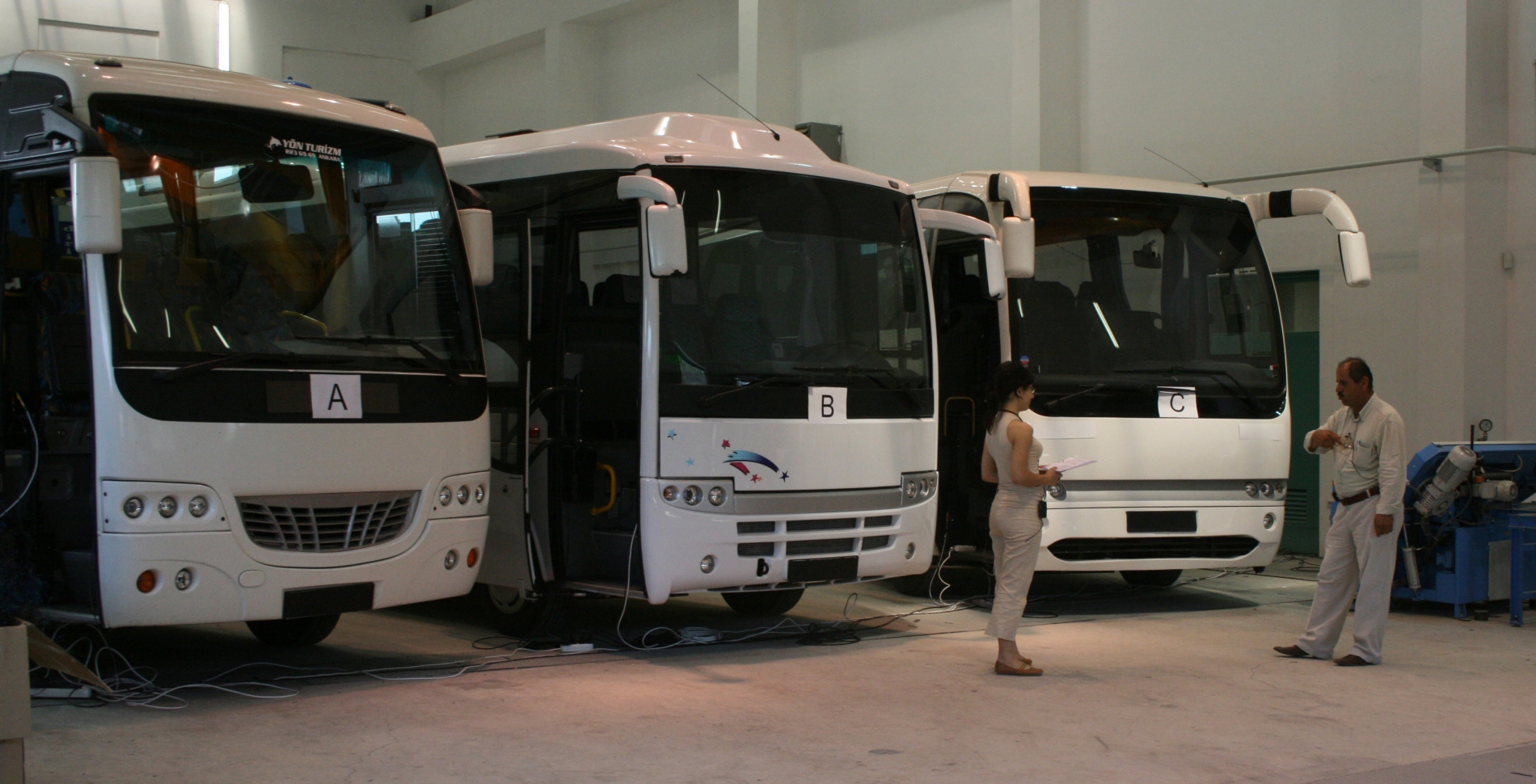Perceived Quality and Comfort
Last Updated:
Perceived Quality for Midi-buses
The study aimed to reveal and define the main relationships between the perceived quality variables and product components, to define the dominant user evaluation criteria and convert the research findings into general design guidelines that would lead the firm during midi-bus interior and exterior design. Two complementary methods were used in the study. In the first phase, the midi-bus was evaluated with two competing brands’ models with a comparative lab study based on driver and passenger examinations. The dominant constructs regarding perceived quality and the main product components that affect user preferences are classified by this way. The second phase was composed of developing an information system that would represent the findings and relationships to designers, in a way to be integrated in the design process. Therefore the main emphasis was on modeling the complex relationships between the product components and perceived quality dimensions, with clear representations and visuals.
User Requirements Analysis and Problem Specification for City Buses
The project aimed to reveal the problem areas regarding bus design to define the requirements for prospective studies. The first phase included a detailed comparative evaluation of the product with two competing models based on multiple dimensions such as anthropometrics, visibility, ergonomics, control panel design, safety and passenger comfort. This study was followed by a contextual research including interviews with the drivers and passengers on user requirements, expectations and problems as well as contextual factors. Passenger and driver activities were further observed through installed video cameras in the buses during regular use. In addition to this structured research, informal on-site observation and photo-documentation studies provided supportive information on the contextual factors during this phase. In the next step, defined problem areas were aimed to be verified and explored in detail through a large-sample questionnaire with city bus drivers. Based on the research outcome, the problem areas were defined and exemplified according to product type, contextual factors and perceived quality dimensions. An initial set of recommendations were developed for future studies and design improvements.

Perceived Quality for Mini-vans
The project aimed to define the specifications for the mini-van interior to increase the added-value in the consumer market. For this purpose, a model for the perceived quality for mini-van interiors was developed. In the first phase, the purchasing behavior in the selling point was observed through video camera installations and user interviews, to classify the purchase criteria and related important car interior elements which affect the product’s first impact. In the second and core phase, the product was evaluated with a comparative study with two competing models in the market with user participation in the lab environment, and the dominant product elements and assessment criteria were explored. A complementary eye-tracking study on 2-D images revealed more in-depth information about the user assessment process. At the final stage, the findings of the multiple methods were combined to develop design principles.

